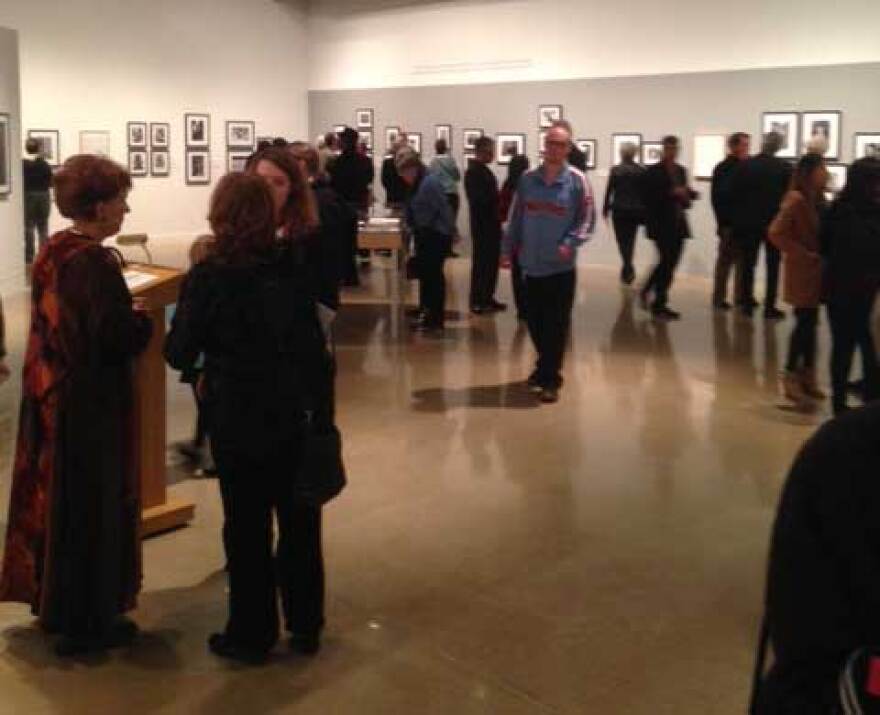The Ulrich Museum on the WSU campus is featuring several important dialogues on race, history, poverty and suffering this winter.
On the second floor, Visual Justice: the Gordon Parks Collection at WSU is a walk through several photo essays Gordon Parks did for Life magazine as well as his later color photographs, which are more experimental in technique and less original in subject matter. The bests reasons to see this exhibition, however, are his Life photo essays, Harlem Gang Leader, Freedom’s Fearful Foe: Poverty, Harlem Family and The White Devil’s Day is Almost Over, where he features Malcolm X and the Nation of Islam.
The framed wall texts are nice pauses between photo groups, but the labels did not offer a way to know which photos were published or unpublished. In the two display cases, photos of Harlem Gang Leader and Freedom’s Fearful Foe were in their original context in Life magazine. They were accompanied by words and interrupted by cheery ads for Dial soap.
In the adjacent 2nd floor galleries, Transition and Turmoil: Human Expressions 1900-1945, featured a spotlight on German Expressionist Käthe (KATE-uh) Kollwitz. The exhibition offered a look at another period of suffering, this time in European history. I felt like I’d stepped out of #blacklivesmatter conversation into an #alllivesmatter rebuttal.
Downstairs, the exhibit Julia Brown: The Swim showed a piece of the Civil Rights era about which we rarely hear. Brown’s research-based project examines the “wade-in” — a type of protest used to desegregate public beaches in Florida — and she uses the medium of photography itself to challenge the aesthetics of civil rights photography.
The entire museum seems to encapsulate important contemporary dialogues, which makes the Ulrich a powerful place to be this winter.





